Security Threats on the Internet
Data is displayed for academic year: 2023./2024.
Course Description
The course examines threats to organizations and individuals that can be found on the Internet. The emphasis is on cybercrime, although the actions of APTs are also being studied. Methods and ways of discovering information about threats are also considered. Emphasis is on a technical aspects of threat, but touches also on legal and economic aspects.
Study Programmes
University graduate
[FER3-HR] Audio Technologies and Electroacoustics - profile
Elective Courses
(1. semester)
(3. semester)
[FER3-HR] Communication and Space Technologies - profile
Elective Courses
(1. semester)
(3. semester)
[FER3-HR] Computational Modelling in Engineering - profile
Elective Courses
(1. semester)
(3. semester)
[FER3-HR] Computer Engineering - profile
Elective Courses
(1. semester)
(3. semester)
[FER3-HR] Computer Science - profile
Elective Courses
(1. semester)
(3. semester)
[FER3-HR] Control Systems and Robotics - profile
Elective Courses
(1. semester)
(3. semester)
[FER3-HR] Data Science - profile
Elective Courses
(1. semester)
(3. semester)
[FER3-HR] Electrical Power Engineering - profile
Elective Courses
(1. semester)
(3. semester)
[FER3-HR] Electric Machines, Drives and Automation - profile
Elective Courses
(1. semester)
(3. semester)
[FER3-HR] Electronic and Computer Engineering - profile
Elective Courses
(1. semester)
(3. semester)
[FER3-HR] Electronics - profile
Elective Courses
(1. semester)
(3. semester)
[FER3-HR] Information and Communication Engineering - profile
Elective Courses
(1. semester)
(3. semester)
[FER3-HR] Network Science - profile
Elective Courses
(1. semester)
(3. semester)
Elective Courses of the Profile
(1. semester)
(3. semester)
[FER3-HR] Software Engineering and Information Systems - profile
Elective Courses
(1. semester)
(3. semester)
Learning Outcomes
- Analyze security incidents
- Protect data on the Internet
- Perform cyber threat intelligence
- Estimate the level of protection of data on the Internet
Forms of Teaching
Lectures
Lectures.
Independent assignmentsReading papers
LaboratoryLaboratory exercises.
Grading Method
| Continuous Assessment | Exam | |||||
|---|---|---|---|---|---|---|
| Type | Threshold | Percent of Grade | Threshold | Percent of Grade | ||
| Laboratory Exercises | 20 % | 30 % | 20 % | 30 % | ||
| Class participation | 20 % | 30 % | 20 % | 30 % | ||
| Mid Term Exam: Written | 20 % | 20 % | 50 % | |||
| Final Exam: Written | 20 % | 20 % | ||||
Week by Week Schedule
- Introduction
- Cybercrime
- Anonymization networks on the Internet, Darkweb, Darknet.
- Cyber threat intelligence.
- Cyber threat intelligence.
- Botnet: technical and economic characteristics.
- Malware taxonomy
- Midterm exam
- Ransomware - technical and economic aspects, protection
- Social engineering
- Advanced persistent threats.
- Case study
- Case study
- Guest Lecturer from Industry - overview of current procedures and practices
- Final exam
Literature
(.), Man Young Rhee. Internet Security: Cryptographic Principles, Algorithms and Protocols. Man Young Rhee,
(.), Scott J. Roberts, Rebekah Brown. Intelligence-Driven Incident Response: Outwitting the Adversary.,
For students
General
ID 222654
Winter semester
5 ECTS
L0 English Level
L1 e-Learning
30 Lectures
0 Seminar
0 Exercises
12 Laboratory exercises
0 Project laboratory
0 Physical education excercises
Grading System
88 Excellent
75 Very Good
63 Good
50 Sufficient


 Pristupačnost
Pristupačnost


